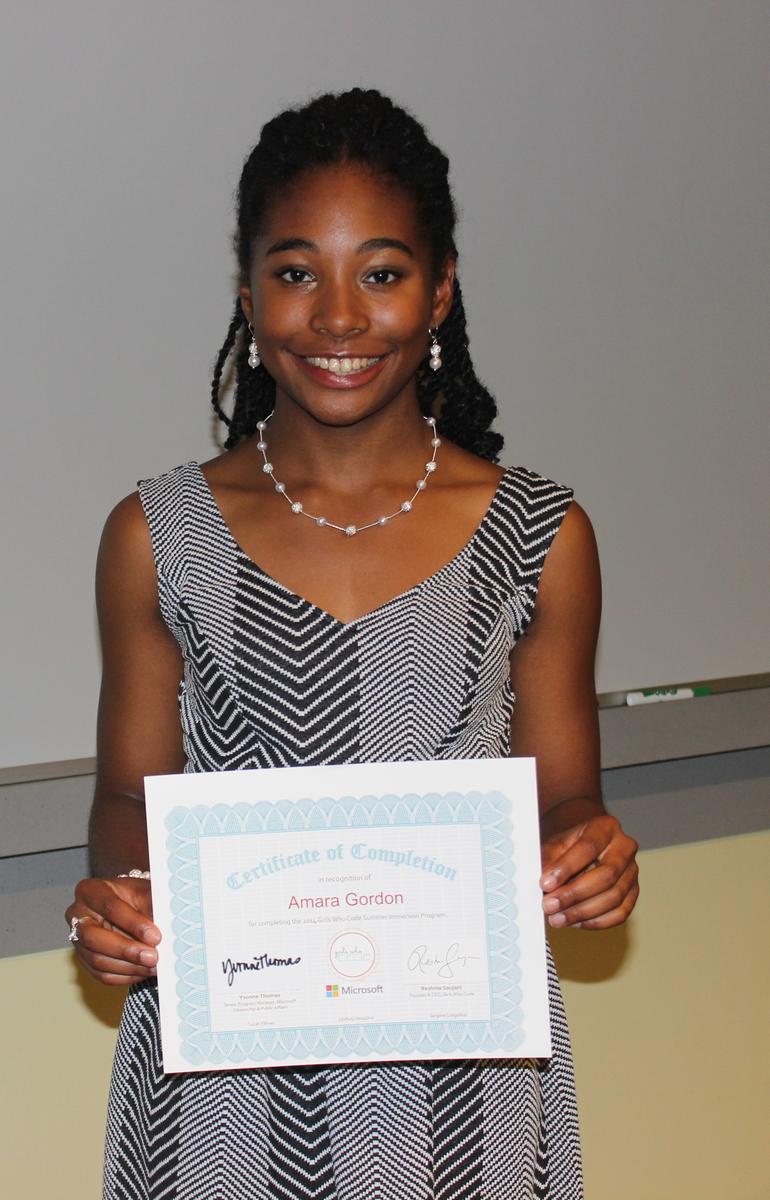HASTAC is a fairly new outlet, established in 2002. HASTAC stands for Humanities, Arts, Science, and Technology Alliance and Collaboratory. This is a platform with which HASTAC hopes to transform the teaching and learning process by bringing together the humanities and sciences. HASTAC is a place for intellectuals from all backgrounds to come together and share their ideas. Because HASTAC is free, it allows more people to post, which gives space for more varied points of view, and opinions.
This class is an Introduction to Digital Humanities with a Focus on Social Justice. I expect that as a class, we will also explore the intersections between the humanities and technology, while also looking at social justice. This seems to line up with what HASTAC is about and is trying to do.
HASTAC has many different categories to organize the content, and while exploring HASTAC, I have found different types of posts. Some with long, opinionated writing, some interviews, and others with a simple comment and a link to an article elsewhere.
An example of an article that does not have much writing, but links to another article is “THE INDUSTRY Can Computer Programs be Racist And Sexist?” This article got my attention because I remember hearing about some voice recognition software that could not recognize a woman’s voice, and no women were on the team to build the software. It makes me think about the reason diversity is important in fields like technology. https://www.hastac.org/blogs/honeycrawford/2016/10/27/industry-can-compu…
Another blog that caught my eye was “Event Recap: Enacting a Different STEM” which talks about gender and racial gaps in STEM. The article recounted events from a panel that explored solutions to many STEM problems that pertain to gender. This is particularly near and dear to my heart because I participated in a Girls Who Code summer immersion program in 2014. Girls Who Code is an organization looking to tackle the gender gap and achieve gender parity.

One response to “HASTAC”
I was intrigued by your post especially because it touched on a concept that had only been brought up to me very recently. The image in your post reading “One could say, ‘Oh, it’s a computer’, and I’m like O.K, a computer built by whome? deisgned by whom?…” Up until recently, I had been one to say “It’s a computer” with confidence in its objectivity. It was only last weekwhile brainstroming projects for my senior culminationg experience project, that someone had mentioned to me the idea that algorithms are inherently racist and sexist, as the makeup of programmers were old fashioned thinkers and potentially not as inclusive or objective as computers can seem to be themselves.
I am glad that you found this blog post that lined to such an interesting and well informed NPR article. As for your second artcle mentioned, is enacting a different STEM a movement you are passionate about getting involved with as well? If so, Kaya Thomas, Dartmouth ’17, has been featured in a few interesting articles on the subject! -> http://fusion.net/story/325940/the-diverse-talent-pool-exists/